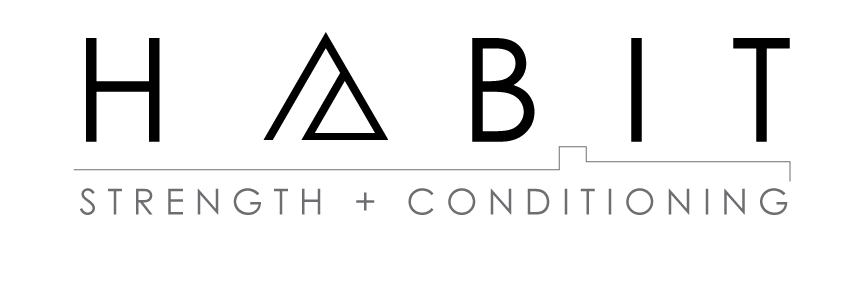When starting on the road to living a fitter/healthier/stronger lifestyle the very first thing we do is set a goal. Lose weight, lose body fat, lift X amount, do a pull up, etc… Setting goals can be daunting but are a crucial part to your success. It takes a lot of thought to make sure it is something that you are willing to work towards. Watch the video below and follow the steps to make sure that your goals are S.M.A.R.T. goals
Specific When a goal is specific, we are deliberate about ways we can clarify what the intended result may be. Adding layers of information about what the target goal is will help us determine success, unique to the goal-setter.
Measurable When a goal is measurable, we have a particular way to identify when success has been achieved.
Achievable When a goal is achievable, it can be met within the time and effort-made constrains on the goal-setter at that particular time period. It doesn't imply that it's a goal you personally can't meet, but one that you can meet while taking into account the amount of sustainable effort and focus you're able to put toward that goal right now.
Result-Oriented When a goal is results-oriented, it can be broken down from a big goal into smaller, incremental goals still focused toward the main goal. Smaller goals ought to be assessed regularly to ensure that they are helping chip away at the larger goal.
Timeline A goal with a timeline helps us to determine priorities and establish what adjustments to your routine need to be made to ensure it's achievable.
EXAMPLE
Initial goal: "lose weight before the holiday season"
This is a great start, but we can help to improve the way we describe the goal by applying the SMART tactics listed above.
S: specifics include amount of body fat lost and identify the ways by which the goal will be met. We'll identify regular checkins with Coaches and what a regular week might look like for training and the nutrition plan.
M: we'll measure body fat as part of the longterm goal, but we'll also measure progress by ensuring that we meet our weekly goal of extra training sessions and sticking to a nutrition plan. Lastly, there is a target outfit to try on at the end of the timeline to measure success in/out of clothing.
A: looking at the challenges to our goal in the coming weeks, we go into the start of the holidays with a plan to ensure that the goal is achievable. Notice we aren't targeting a measurement that without extreme, drastic change we CAN achieve within 9 weeks.
R: giving incremental goals that help break down the larger goal will help ensure we're focused on the end game result. This might include outlining a plan per week of extra training sessions, where to go when we feel like we might break focus and in this case, a planned flexibility taking into account family time for Thanksgiving.
T: timing is critical; setting a goal with a particular timeline of the end date as well as incremental checkins and a planned "relaxed meal" will help to validate the S.M.A.R. tactics, above.
Final goal: "I'm going to cut 2% bodyfat by December 15th by adding 30min cardio 2x week to my strength training and removing alcohol, diary and sugars until 12/15. I will check in with my Coaches each Monday and Friday leading up to the date to give updates and to ask about alternative recipes when I get stuck. I will give myself a 4-hr lax period on Thanksgiving day with my friends and family but will remain 100% committed otherwise. I will feel confident in a holiday outfit I've been dying to wear to [holiday something] event for years."
